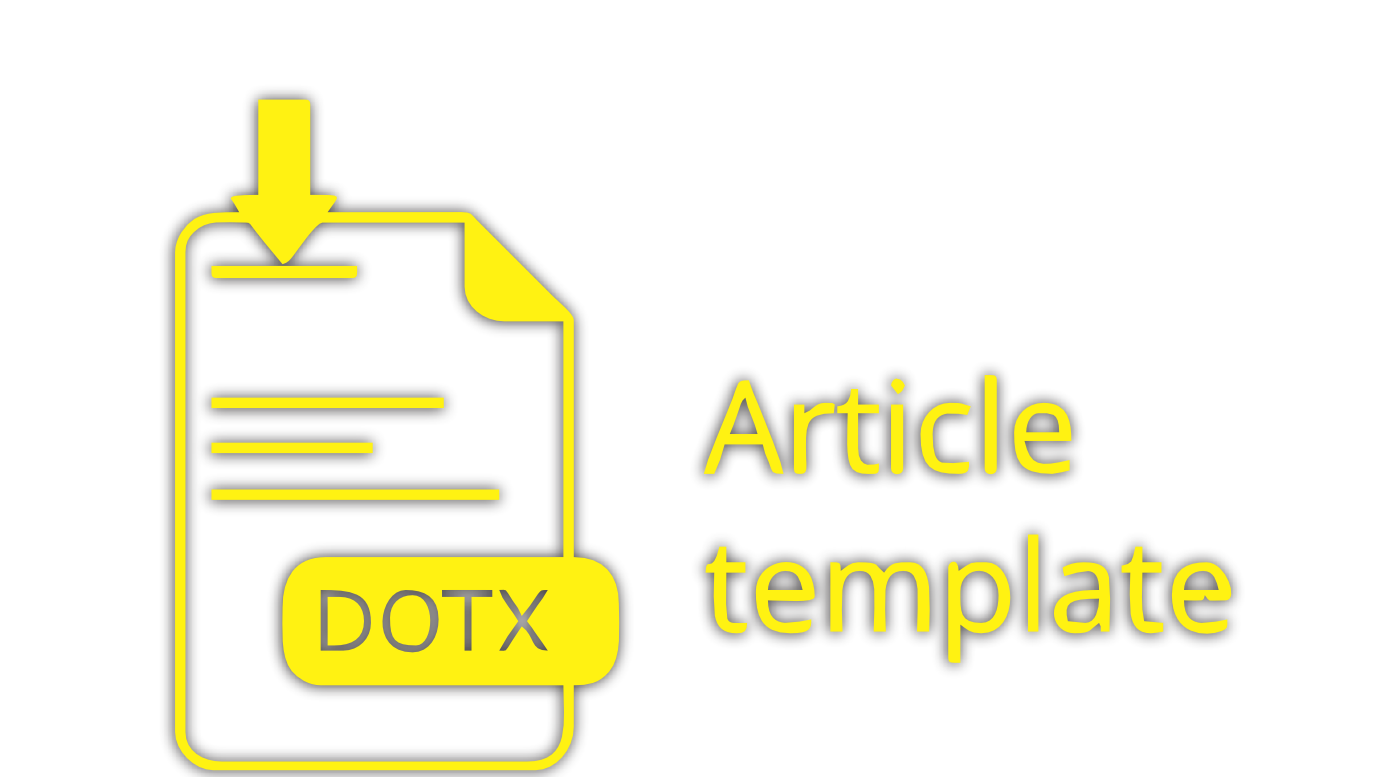Insecticidal Efficiency of Some Pesticides Against Spodoptera Frugiperda (J.E. Smith) (Noctuidae: Lepidoptera) Under Laboratory Conditions
DOI:
https://doi.org/10.25077/aijent.1.01.16-22.2023Keywords:
Insecticidal bioefficacy, Emamectin benzoate, chlorantraniliprole, indoxacarb, methomyl, chlorpyriphos, Spodopetra frugiperdaAbstract
The "fall armyworm," also known as Spodoptera frugiperda, is a maize pest that is native to North America. It invaded Africa in 2019 and caused serious economic damage, forcing the continent's nations to take swift action to protect off this new invading pest. In Egypt, a variety of chemical insecticides were promoted, but farmers quickly and repeatedly reported control failures. Fall armyworm samples were collected from five different maize-growing regions. Five widely available pesticide formulations: emamectin benzoate, chlorantraniliprole, indoxacarb, methomyl, and chlorpyriphos were tested under laboratory conditions against the 2nd and 4th instar larvae. The results demonstrated that S. frugiperda second-instar larvae were more vulnerable to all tested pesticides than fourth-instar larvae. Under laboratory circumstances, the LC50 values for the various substances were 0.090, 0.165, 0.243, 0.908, and 2.55 ppm, respectively. Furthermore, the insecticide emamectin benzoate was more effective than other pesticides. However, chlorpyriphos pesticide was the least harmful insecticide for controlling this bug. To determine how well these treatments perform against this pest, further trials are required.
Downloads
Downloads
Published
How to Cite
Issue
Section
License
Copyright (c) 2023 Moustafa M.S. Bakry, Mohamed A. Gad

This work is licensed under a Creative Commons Attribution-ShareAlike 4.0 International License.













